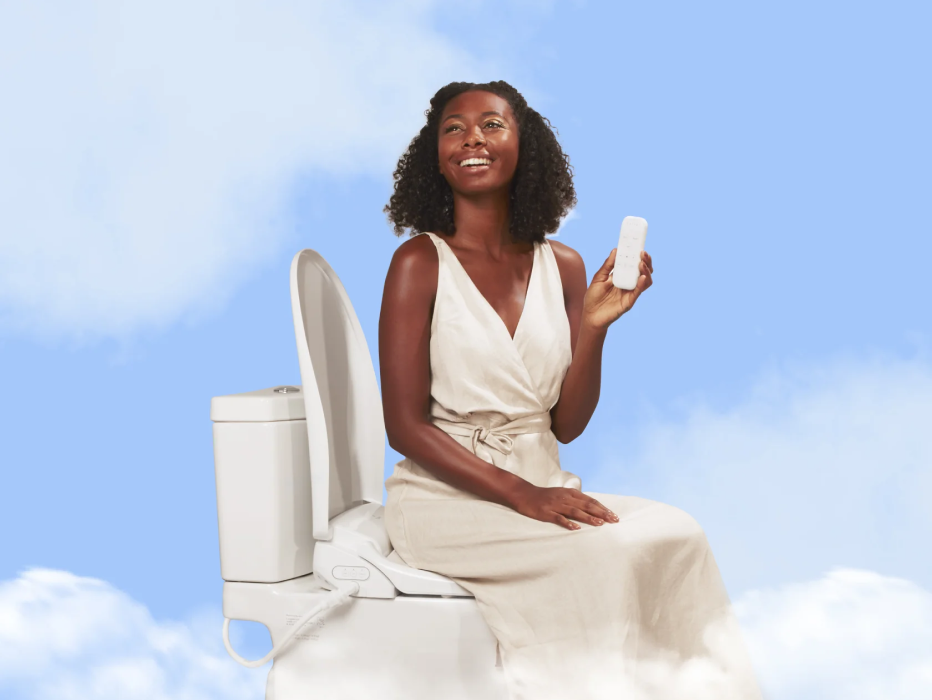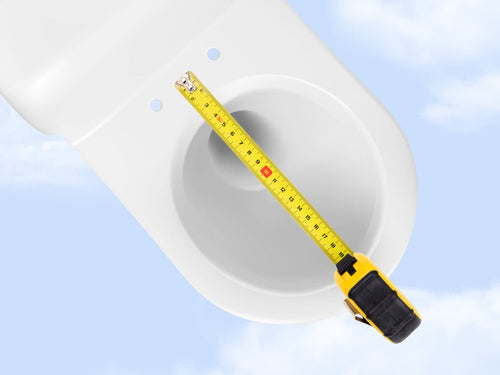
The vast majority of toilet paper in the U.S. is made from the pulp of virgin trees. Yes, we’re cutting down trees for all those toilet paper rolls (toilet paper production consumes 27,000 trees daily). A single person uses at least 57 sheets of toilet paper per day and 100 rolls of toilet paper a year. It’s been estimated that it would take about 384 trees to wipe the butt of an individual person within his lifetime. That’s an entire ecosystem being shoved into your butt crack, dabbed around a bit, and then flushed away. Most name brand toilet paper is sourced from virgin wood from old-growth forests. There are more sustainable toilet paper options available. If every household replaced their 300 sheet virgin fiber toilet paper with 100% recycled product, America could save 630,000 trees per year.
If you are looking to make the switch to recycled eco-friendly tp, let us help! We are going to break down the pros and cons of eco-friendly toilet paper so you can make a well-informed decision for your transition.
Recycled Toilet Paper
Most recycled toilet paper is made from “post-consumer” recycled content (PCR). PCR is paper that was previously used in homes and offices. Rather than disposed of in a landfill, it is then recycled and manufactured into usable toilet paper.
Pros
- Can be made of 100% recycled, or partially recycled paper mix
- Can be made from pre consumer or post consumer paper
Cons
- Sometimes not as soft or strong as regular or bamboo toilet paper
- Pre-consumer recycled paper can include off cuts from timber
- Post-consumer recycled paper can include office paper and other types of already used paper
- The recycling process still involves chemicals and energy to break down and mix the recycled paper together. It also sometimes involves chemicals for some whitening and inking/dying
- Some recycled paper is bleached for whitening whilst others aren’t
- Can come with plastic packaging
Bamboo Toilet Paper
Bamboo is the fastest growing plant in the world with record speeds of 1.2 metres in growth per day. Bamboo can grow to its maximum height in only 4 months in comparison to up to 30 years for trees. Another fun fact about bamboo is that the more it is cut, the more it grows. Bamboo Toilet Paper is sourced from bamboo plants and sometimes sugarcane as well that is usually grown in China. Bamboo is more sustainable than trees as it grows fast, uses land efficiently, and doesn’t use fertilizer or pesticides. It can also be water efficient depending on the climate.
Pros
- Bamboo toilet paper is normally not bleached, inked or scented.
- Bamboo toilet paper is usually just behind, or equal with recycled paper for eco friendliness
- Bamboo toilet paper is usually as soft and strong as regular toilet paper
- Most of the time comes in recycled packaging.
Cons
There aren’t many downsides to bamboo toilet paper other than it tends to be a little more expensive than recycled or bleached toilet paper. However, there are brands like TUSHY that keep it affordable and convenient to purchase. Bamboo also still requires chemicals to break the fibres down into a pulp to make paper, but it’s usually not the same chemical mix used for bamboo textiles.
Other Toilet Paper Considerations
Over the past decade, with the general public becoming more eco-conscious, we are seeing many larger name brands try their hand at sustainable options for their toilet paper. Though their efforts are… ok, they unfortunately fall short. Here are a few trends you may be seeing in so toilet paper.
Tubeless
Some larger brands have introduced tubeless toilet paper as an eco-friendly tweak to their current product. Coreless TP is definitely a step in the right direction as it reduces waste and eliminates a useless paper product. However, removing the tub does not offset the ecological damage of sourcing and manufacturing virgin paper.
Chemical Free
Chemical free is great! There are no harmful and artificial fragrances or color dyes and mosed are made with 100% Recycled Paper. However, chemical toilet paper tends to be extremely rough and is not appealing to consumers.
Thickness
1-ply toilet paper, though it is eco-friendly, is not sturdy and tends to be irritating and rough to most consumers. On the other end of that spectrum, 3-ply and up toilet paper is extremely soft to the touch and provides a great deal of comfort but obviously is extremely detrimental to the environment as well are our health. That toilet paper is bleached and some even use scents that can be irritating and harmful to you butt and under-region.
Final Thoughts
Let's face it, despite popular green rhetoric to the contrary, the answer to the majority of our current socio-ecological problems aren't tweaks of the current system but truly finding brands that are dedicated to changing the way we doo things in the bathroom. Of all of these great TP options, Bamboo toilet paper is the clear winner. It’s the most sustainable, eco-friendly option that doesn’t compromise comfort and cleanliness. There are affordable options like Tushy’s Premium Bamboo Toilet Paper. You can purchase a subscription so you never have to worry about leaving the house for TP again.



























